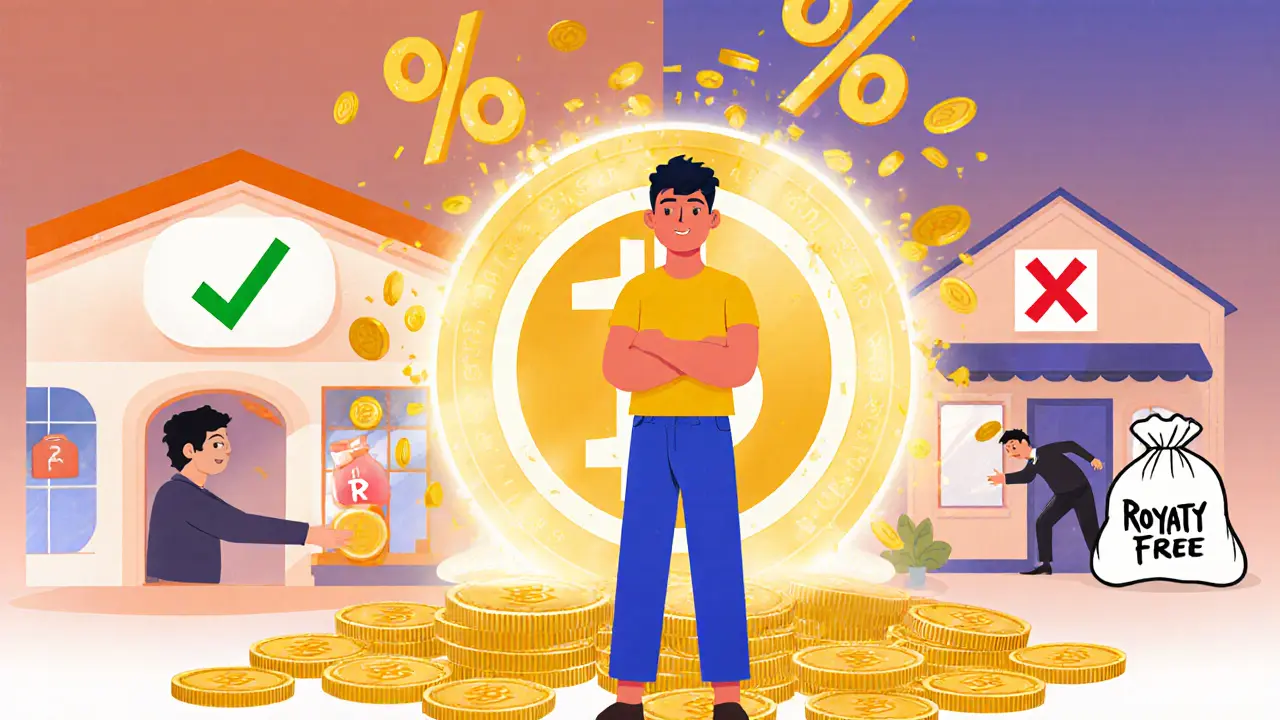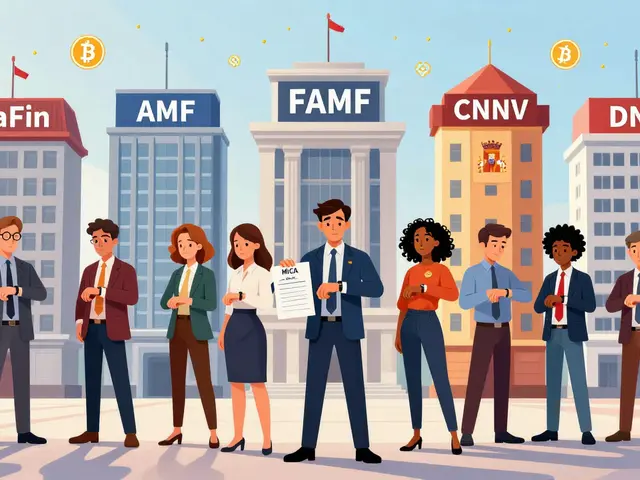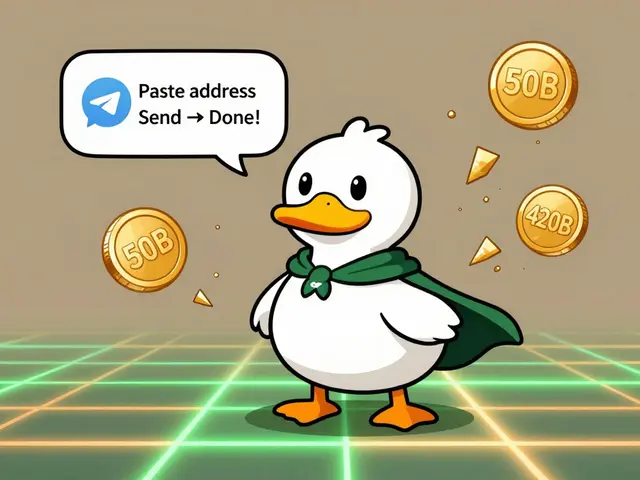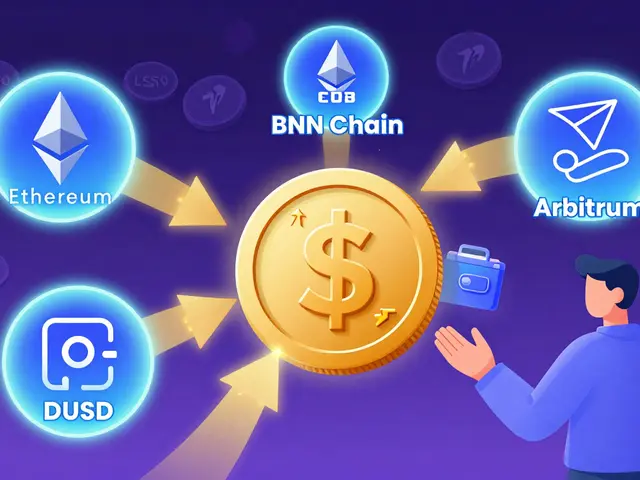NFT Royalties: How Creators Get Paid Every Time Their Art Sells
When you buy an NFT royalty, a payment built into a digital artwork’s smart contract that gives the original creator a cut every time it’s resold. Also known as creator royalties, it’s one of the few real ways artists make money long-term in the NFT space. Unlike traditional art, where the painter gets paid once and never sees another penny, NFT royalties mean the person who made the piece keeps earning — even years later.
This system runs on smart contracts, self-executing code on blockchains like Ethereum that automatically enforce rules like royalty payments. When someone sells your NFT on OpenSea, LooksRare, or any other marketplace that supports royalties, the contract kicks in and sends a percentage — usually 5% to 10% — straight to the creator’s wallet. No middleman. No paperwork. Just code doing what it’s told.
But here’s the catch: not all marketplaces play nice. Some, like Blur, stopped honoring royalties entirely to attract buyers. That’s why creators are now pushing for on-chain royalties, royalty rules stored directly in the NFT’s metadata so they can’t be ignored by any platform. It’s not just about money — it’s about control. If your art can be sold without you getting paid, is it really yours?
And it’s not just artists benefiting. Collectors who buy NFTs with strong royalty structures know they’re supporting creators who might make the next big thing. That’s why some NFT drops now highlight royalty percentages right in the listing — it’s become a selling point.
There’s also legal gray area. In the U.S., courts haven’t decided if royalties are enforceable contracts or just voluntary promises. Some creators are now embedding royalties into the token’s code itself, not just the marketplace rules, to make them harder to bypass. Others are using secondary market platforms, dedicated NFT trading sites that commit to honoring creator royalties as part of their core policy to protect their income.
Right now, NFT royalties are under pressure. Big players want to kill them. Creators are fighting back. And buyers? They’re caught in the middle — wondering if they’re supporting innovation or just funding a system that might disappear tomorrow.
Below, you’ll find real-world examples of how NFT royalties have made or broken projects, how to check if a collection pays them, and what happens when a marketplace ignores the rules. No fluff. Just what works, what doesn’t, and what you need to know before you buy or sell.
NFT Marketplace Royalty Policies: How Creators Get Paid After the Sale
NFT royalties let creators earn from secondary sales, but not all marketplaces pay them. Learn how ERC-2981 works, why platforms like Blur ignore royalties, and what’s being done to fix it in 2025.





